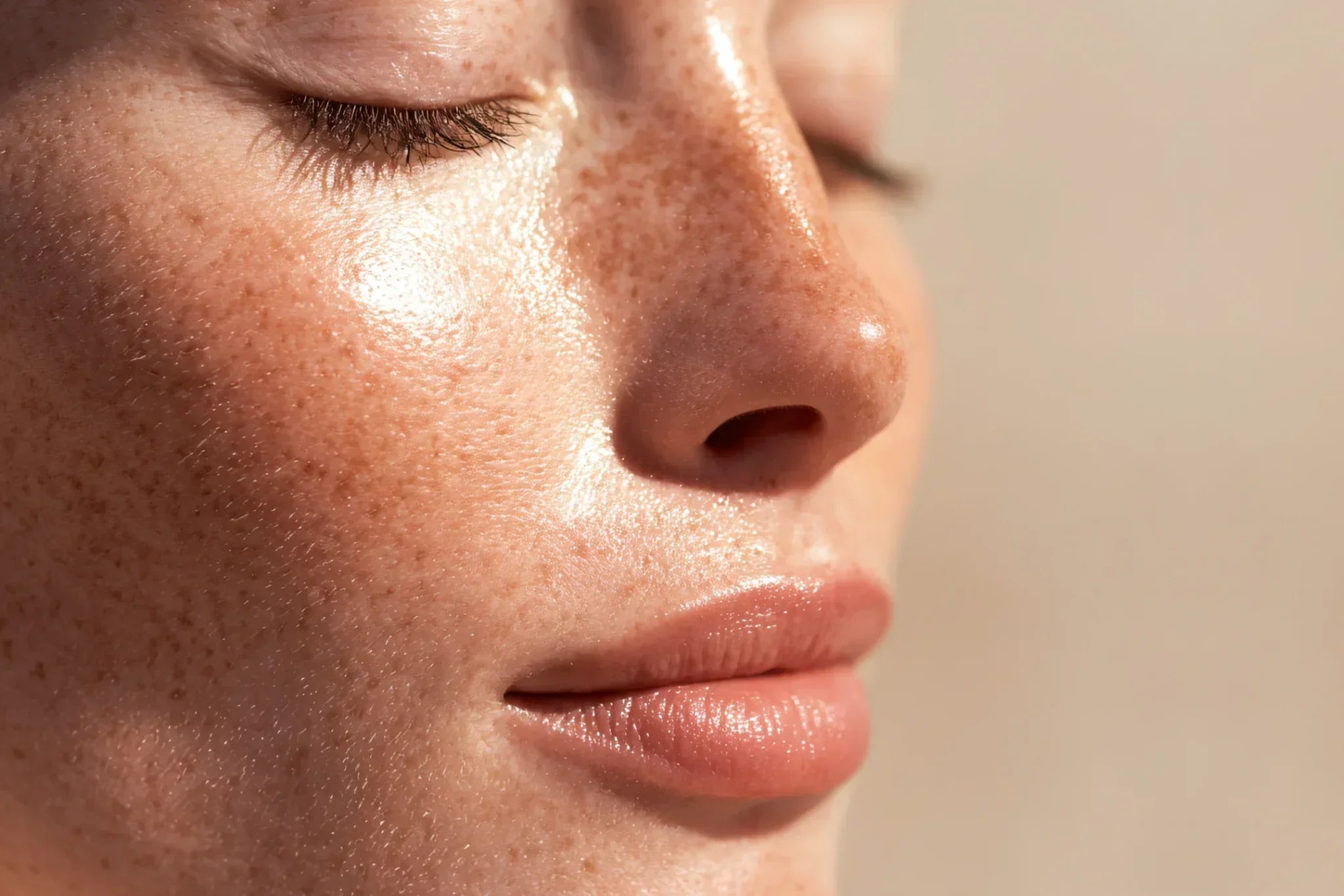Cleansing is Simple — Social Media Made it Complicated
Cleansing is one of the most fundamental steps in skincare. At its core, it's simply about removing what the skin does not need - makeup, pollution, excess oil, and daily debris - so the skin can breathe, function, and absorb actives. But in recent years, this basic ritual has been overcomplicated, largely due to unreliable shares and trends on social media.
- Contradictory advice: One influencer swears you should wash your face three times a day, another says once a week is enough. These conflicting claims confuse clients, leaving them second-guessing what’s actually best for their skin.
- Harsh “hacks”: DIY cleansing hacks (like lemon juice, baking soda, or undiluted apple cider vinegar) often go viral, but they compromise the skin barrier, causing irritation, sensitivity, or breakouts.
- Layered routines: Trends like “double cleansing” or “7-step K-beauty cleansing rituals” are often promoted without context. While these methods can have a place, they’re not universally necessary — and they often pressure clients into buying multiple products they don’t actually need.
- Fear-mongering: Social media often demonizes entire categories (“never use micellar water,” “foaming cleansers destroy your skin”), creating confusion instead of empowering clients with balanced information.
The Bottom Line: Listen to Your Facialist
Not all “experts” are equal when it comes to skin.
- Dermatologists are invaluable when it comes to diagnosing and treating medical skin conditions, but they are not trained in the nuances of day-to-day skin maintenance. Their focus is clinical, not cosmetic.
- Cosmetic chemists understand ingredients and formulation science, but they often lack the hands-on experience of treating real skin in real time. They see the formula, not the face.
That’s why the most practical, personalized, and barrier-friendly advice comes from your facialist.
Facialists live in the in-between space: we understand both the skin’s physiology and how products perform in daily routines. We see firsthand how cleansing methods, product textures, and ingredient combinations impact the skin barrier over weeks, months, and years. We don’t just theorize — we watch skin change under our hands.
So when it comes to choosing your cleanser or deciding how often to wash your face, the bottom line is this: listen to your facialist.
For best results, follow these tips and steps for proper skin cleansing so you can get the most out of your skincare routine.
FIRST, A FEW THINGS TO CONSIDER...
- Know your skin type. You are born with it - DRY, OILY or NORMAL/COMBO
- Know your skin condition. Skin is exposed to and affected by the elements, lifestyle and internal factors. Skin conditions are: Dehydration, Blemish-Prone, Hyperpigmentation, premature aging, rosacea, etc.
- Find the cleanser that suits your skin condition to avoid unnecessary irritation or dryness.
- Once you have corrected your skin condition, you might use cleanser for your skin type. Eg. If you have oily skin but you are dehydrated, you would need to fix the dehydration first, in order to enjoy oil controlling cleansers!
*It's important to avoid over-cleansing, using hot water, or harsh products that can strip your skin of its natural oils, which could gradually negatively affect your skin biome.
CLEANSING BY SKIN CONCERN
Skip the Scrubbing Brushes
Overused in the early 2000s, they caused irritation and hyperpigmentation. If you must use one, treat it like an occasional gadget - gently, briefly, and only when needed.









